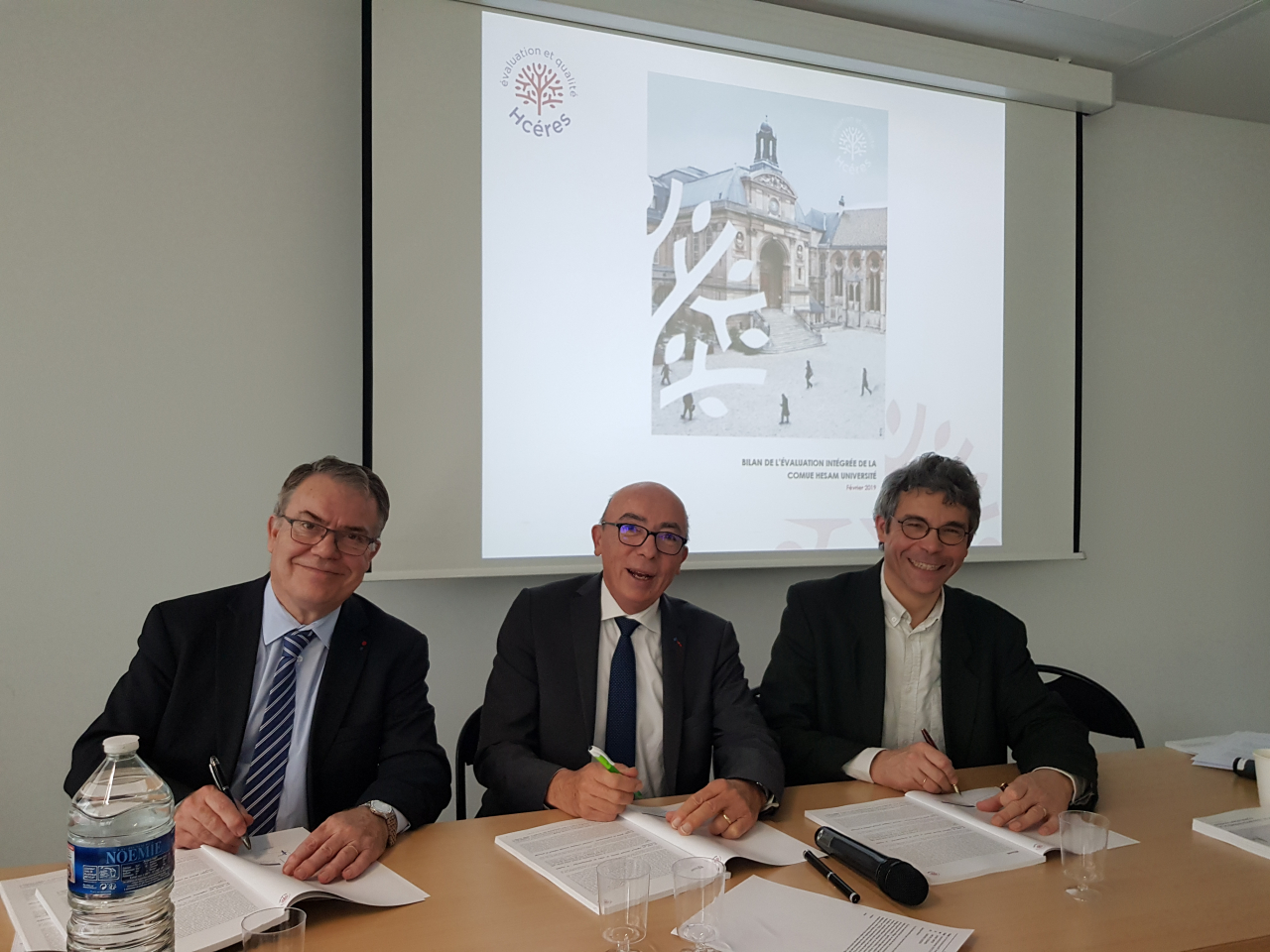Publications, Evaluation, Territorial coordination
Hcéres publishes the first integrated evaluation report for a cluster of higher education and research institutions
Published on

“Faced with the demands of the European quality assurance standards, the analyses provided within the framework of integrated evaluation can feed our reflection on territorial clusters,” pointed out Michel Cosnard, Hcéres President, as he introduced the presentation of the first integrated evaluation report published by the High Council and concerning the HESAM Université COMUE.
The integrated evaluation process is carried out in two stages (an evaluation phase and then an analysis phase) and has a two-fold objective: to deliver an overall vision of the collective dynamics within a group of institutions, and to assess its strengths, weaknesses and development challenges. “The integrated evaluation analysis enables us to check whether the territorial cluster has taken its intentions and transformed them into objective realities,” explains Annie Vinter, Director of the Hcéres Department of Evaluation of Clusters of Higher Education and Research Institutions.
This approach consists in analysing all the evaluations that have been conducted (institutions, training programmes, research) and performing cross-analyses to provide new insights into the site that is being evaluated. “The integrated evaluation report can become an essential reference document for the committees in charge of monitoring the Regional Higher Education, Research and Innovation Schemes (SRESRI)” suggested Jean-Jacques Pollet, chair of the evaluation panel for HESAM Université.
The integrated evaluation report includes the analyses that have been produced, along with annexes including notably a bibliometric analysis of the cluster prepared by the Science and Technology Observatory (OST). This report is the final stage in the process of evaluating a site and provides a tool for the management teams of the cluster, for local, regional and national decision-makers and for those in positions of responsibility in the relevant ministries. “It is a snapshot with a depth of field that provides us with a clearer appreciation of our trajectory. We have taken this work to prepare our roadmap towards contractualisation, as well as to responding to the major calls for projects, such as the University Research Schools,” declared Jean-Luc Delpeuch, President of HESAM Université.
Within the framework of the 2017-2018 (Group D) evaluation campaign, the next integrated evaluation report will be published at the beginning of the summer 2019 and will be on Université PSL (Paris Sciences et Lettres).
Focus on Hesam Université
- View the integrated evaluation report on the HESAM Université COMUE
The report presents three analyses of the results of the evaluations carried out over the period 2017-2018. - The integrated evaluation analysis of HESAM Université highlighted several development challenges for this territorial coordination:
− An economic model that still remains fragile and for which the long-term core resources need to be broadened;
− Positioning and visibility to be consolidated, based on a dual national and local footing;
− Excellence in academic research to be supported and enhanced;
− Involvement of the art school and school of management in site policy to be intensified to serve the COMUE’s ambition of becoming a “university of the arts and professions.”
- Key figures on the evaluation of the territorial coordination:
In total:
− 195 experts mobilised in 35 evaluation panels;
− 139 evaluation reports produced.



